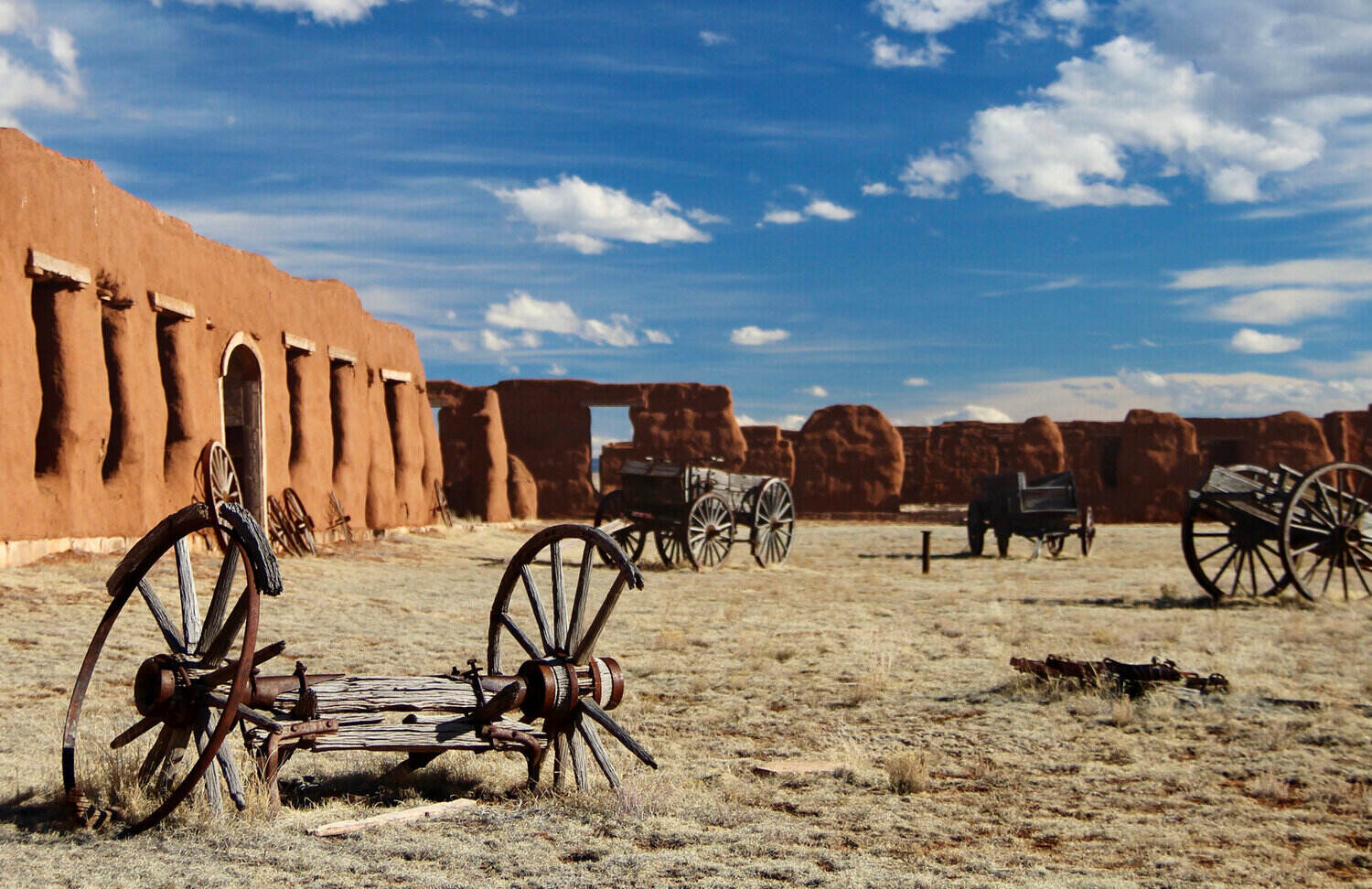Hidden Frontier Outposts Of Fort Union National Monument

Have you ever wondered what life was like on the American frontier? Fort Union National Monument offers a glimpse into that rugged past. Located in New Mexico, this historic site once served as a military post and supply depot. Walking through the ruins, you can almost hear the echoes of soldiers and settlers who lived there. The fort played a crucial role in protecting travelers on the Santa Fe Trail. Today, it stands as a testament to the challenges and triumphs of those who shaped the West. Ready to step back in time? Fort Union awaits your visit.
Discovering the Hidden Frontier Outposts of Fort Union National Monument
Fort Union National Monument in New Mexico offers a glimpse into the past, showcasing the remnants of a once-thriving military post. Beyond the main fort, several hidden outposts played crucial roles in the frontier's history. Let's explore these lesser-known sites that tell the story of the American West.
The Original Fort Union
The first Fort Union, established in 1851, served as a supply depot and military post. Although it was short-lived, its remains offer a fascinating look into early frontier life.
Officer's Quarters: These buildings housed the fort's commanding officers. Their remnants reveal the living conditions and daily routines of military leaders.
Enlisted Men's Barracks: The barracks provided shelter for the soldiers stationed at Fort Union. Exploring these ruins gives insight into the lives of the enlisted men.
Quartermaster Depot: This area stored supplies and equipment essential for the fort's operations. The depot's remains highlight the logistical challenges of maintaining a frontier outpost.
The Second Fort Union
Built in 1861, the second Fort Union was a more substantial and fortified structure. It played a significant role during the Civil War and the Indian Wars.
Star Fort: This defensive structure protected the fort from potential attacks. Its unique design and remaining earthworks are a testament to 19th-century military engineering.
Hospital Complex: The hospital treated soldiers and civilians alike. The ruins of the hospital complex provide a glimpse into the medical practices of the time.
Mechanics' Corral: This area housed the fort's blacksmiths, carpenters, and other tradesmen. The corral's remains illustrate the importance of skilled labor in maintaining the fort.
The Third Fort Union
The final iteration of Fort Union, built in 1863, was the largest and most complex. It served as a major supply hub for the Southwest.
Supply Depot: The depot was the heart of the fort's operations, distributing supplies to other military posts. Its extensive ruins highlight the scale of Fort Union's logistical network.
Post Headquarters: This building served as the administrative center of the fort. The headquarters' remains offer insight into the fort's organizational structure.
Guardhouse: The guardhouse detained soldiers who broke military regulations. Exploring its ruins reveals the disciplinary measures used to maintain order.
Outlying Camps and Stations
Beyond the main fort, several smaller camps and stations supported Fort Union's mission. These outposts played vital roles in communication, transportation, and defense.
Cantonment Burgwin: Located near Taos, this camp provided a strategic presence in the region. Its ruins tell the story of the fort's efforts to maintain peace and order.
Fort Bascom: Established to protect settlers from Native American raids, Fort Bascom's remains highlight the challenges of frontier defense.
Fort Marcy: Situated in Santa Fe, this outpost served as a communication hub. The remnants of Fort Marcy reveal the importance of maintaining connections across the vast frontier.
The Santa Fe Trail
Fort Union was a critical stop along the Santa Fe Trail, a major trade route connecting Missouri to New Mexico. Several hidden outposts along the trail supported the fort's mission.
Watrous Ranch: This ranch provided supplies and rest for travelers on the Santa Fe Trail. Its ruins offer a glimpse into the lives of those who supported the fort's operations.
Kozlowski's Stage Station: This station served as a rest stop for stagecoaches traveling the trail. Exploring its remains reveals the challenges of frontier transportation.
Pigeon’s Ranch: Located near Glorieta Pass, this ranch played a role in the Battle of Glorieta Pass during the Civil War. Its ruins tell the story of the fort's involvement in this pivotal conflict.
Discovering Fort Union's Hidden Gems
Fort Union National Monument offers more than just history. Exploring its hidden frontier outposts reveals stories of the past that shaped the American West. Walking through the ruins, you can almost hear the echoes of soldiers and settlers who once lived there. The scenic views and wildlife add to the experience, making it a perfect spot for history buffs and nature lovers alike.
Don't miss the visitor center for more insights and artifacts. Plan your visit to coincide with one of the guided tours or special events to get the most out of your trip. Whether you're a local or a traveler, Fort Union's hidden gems provide a unique glimpse into a pivotal time in American history. So pack your bags, grab your camera, and get ready to step back in time.

